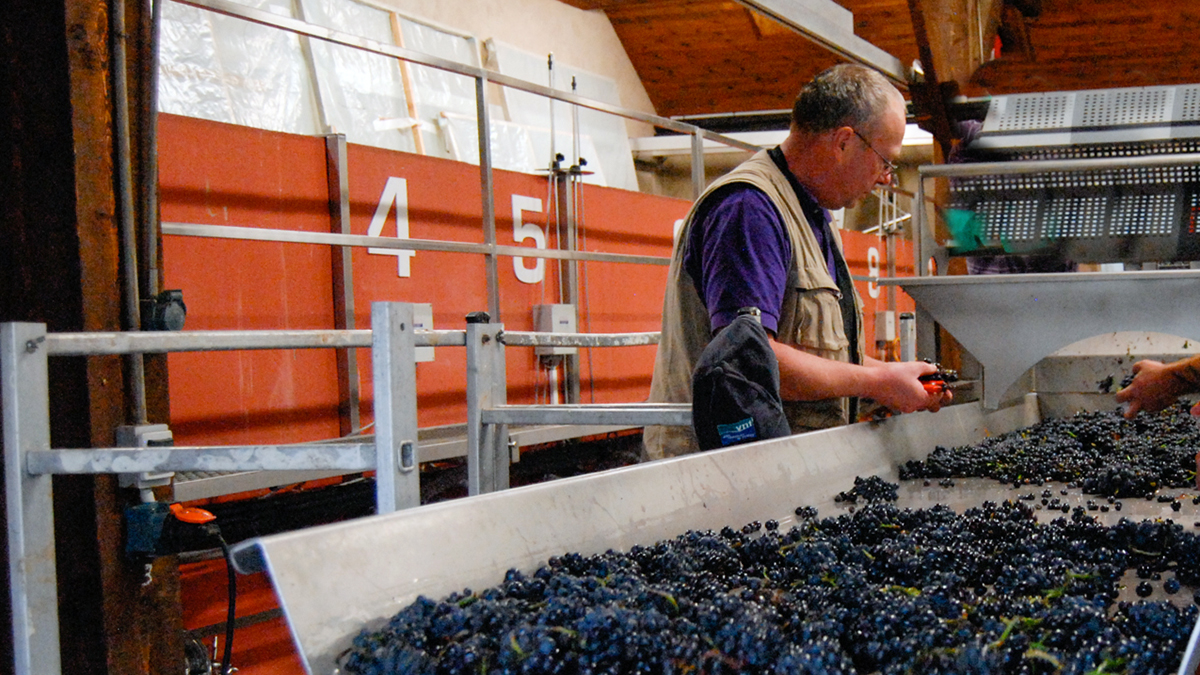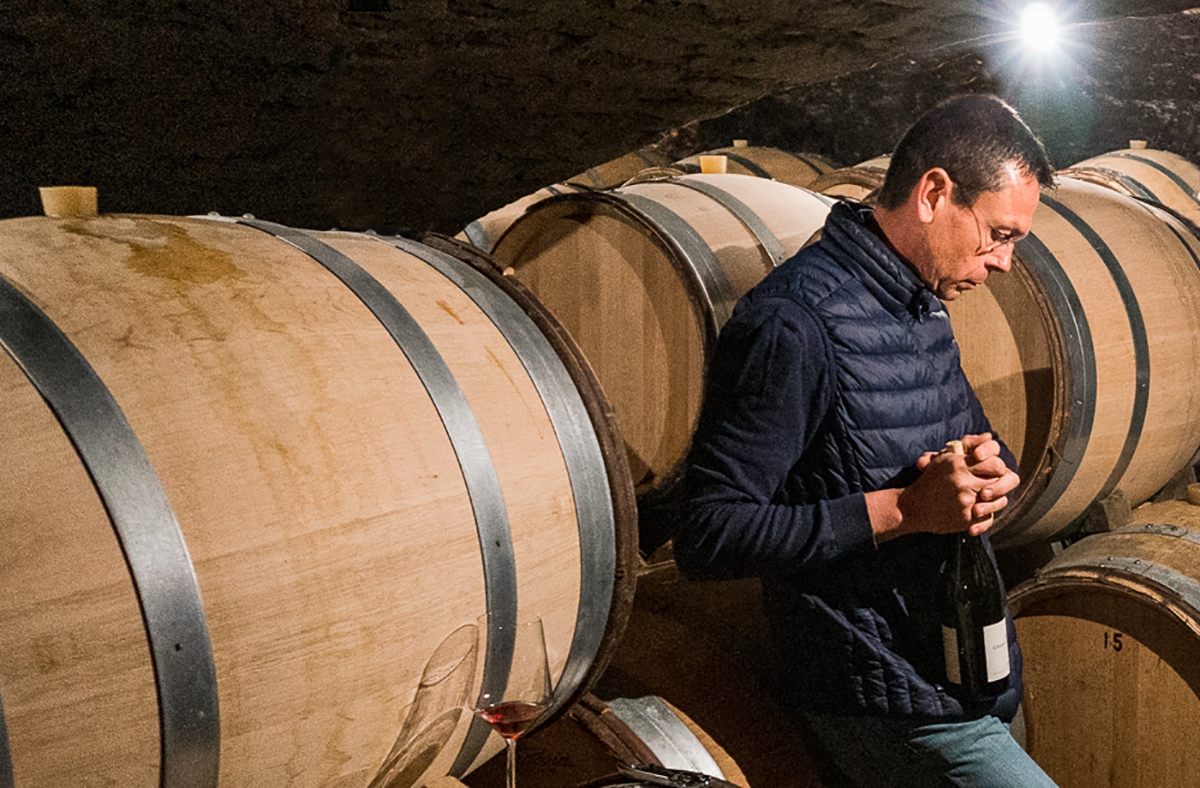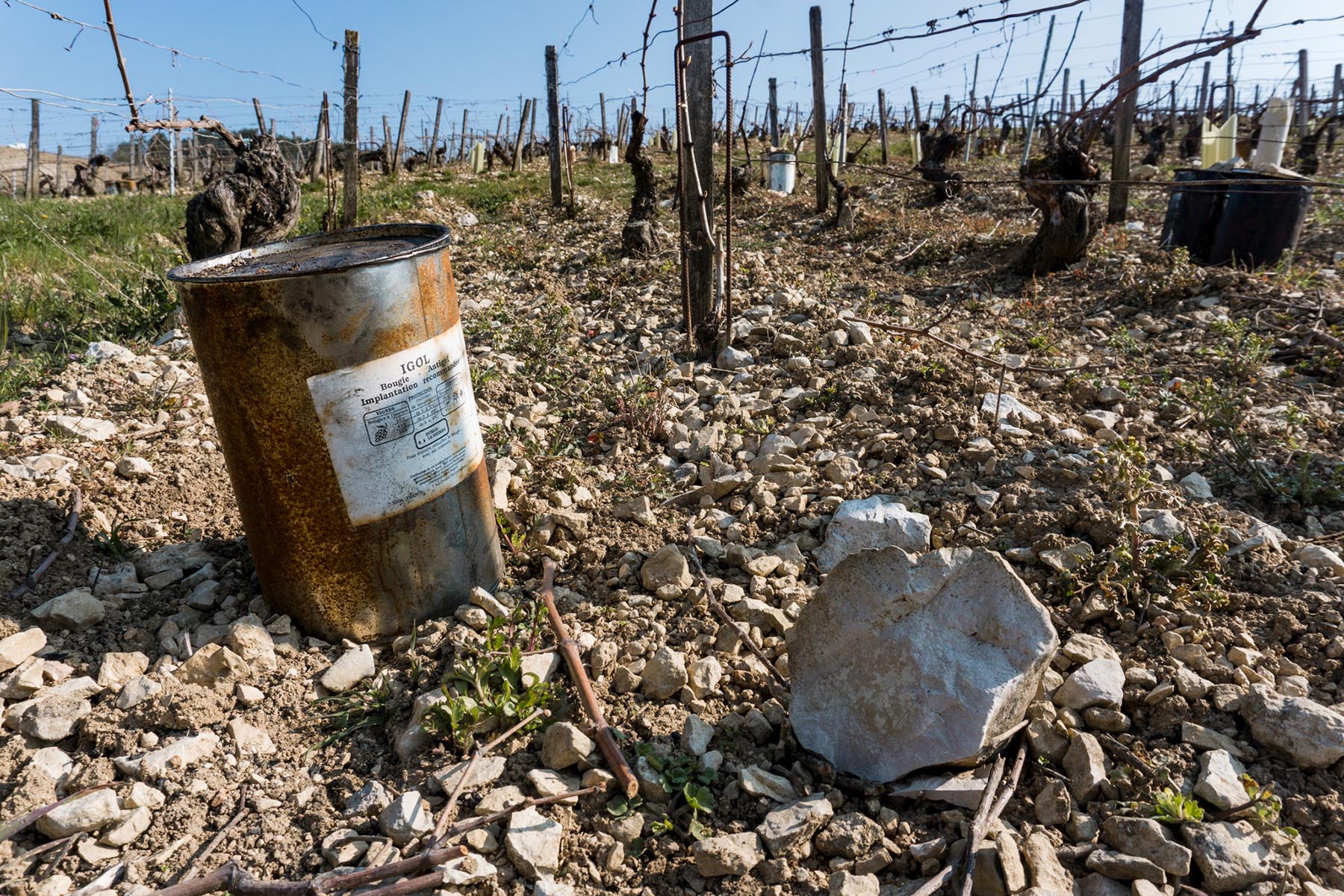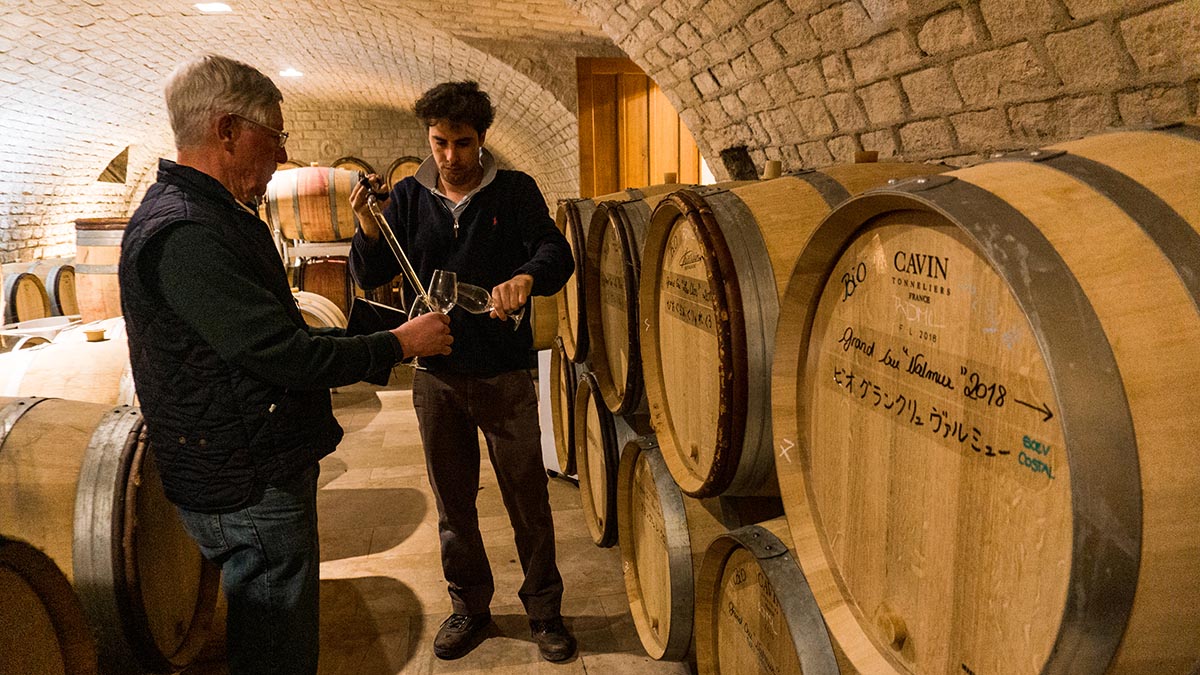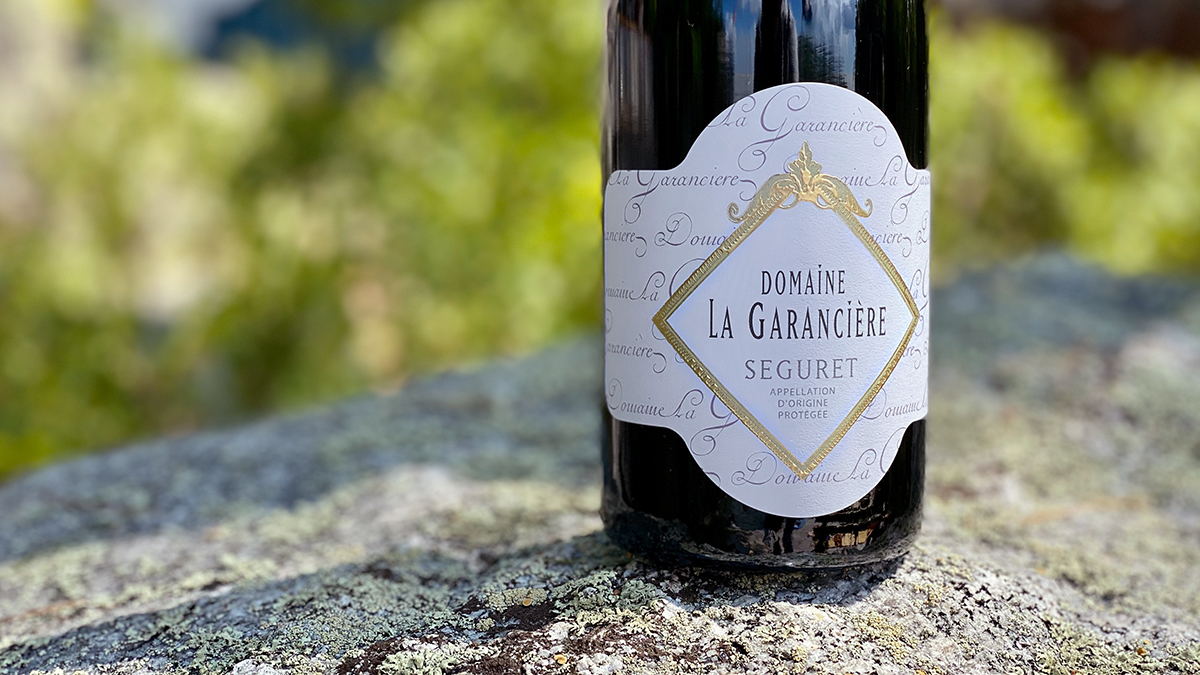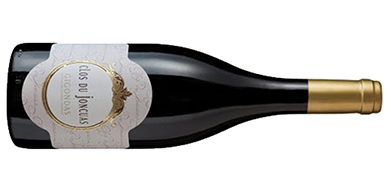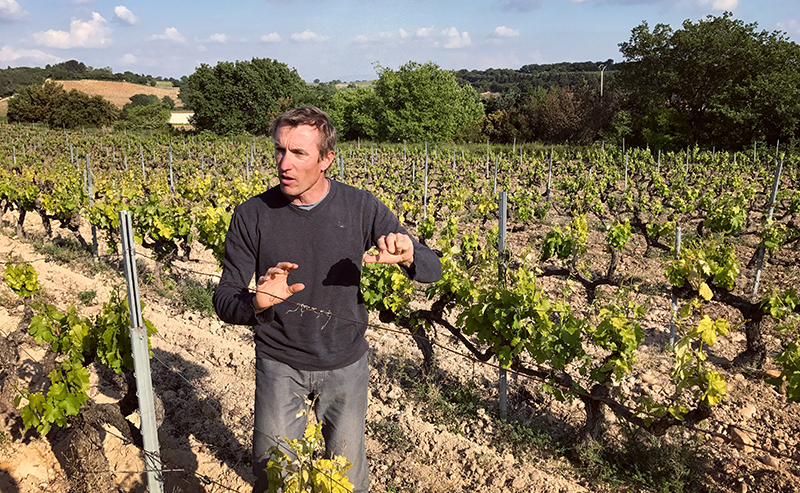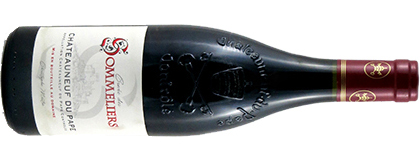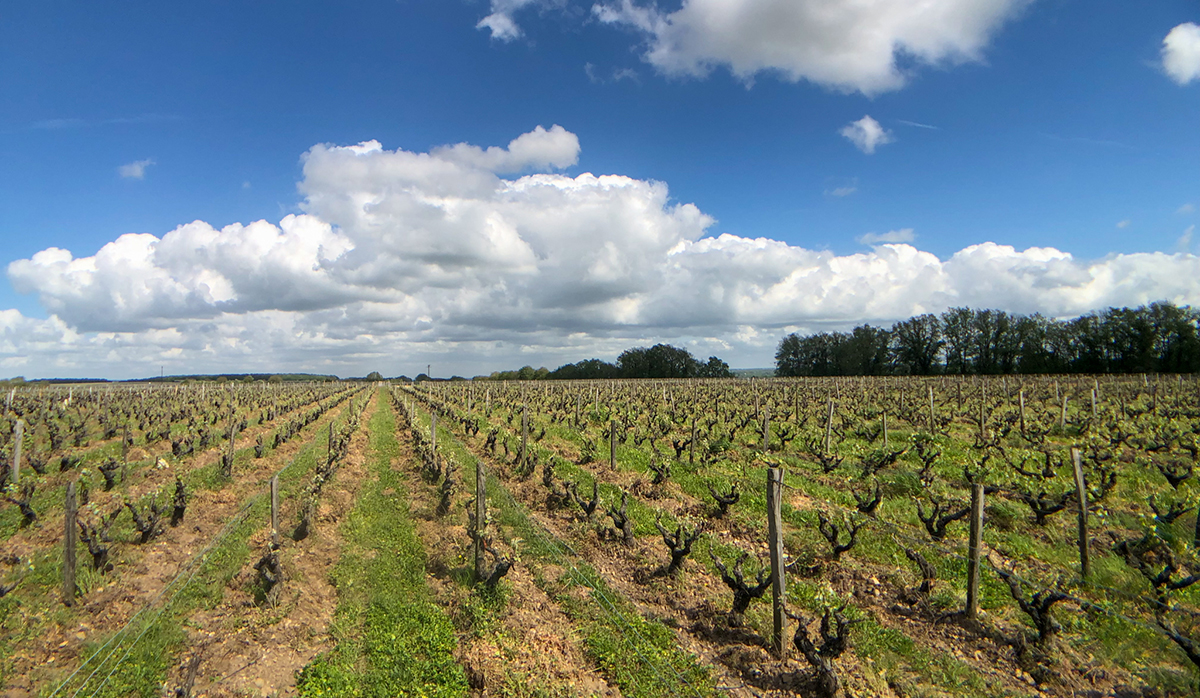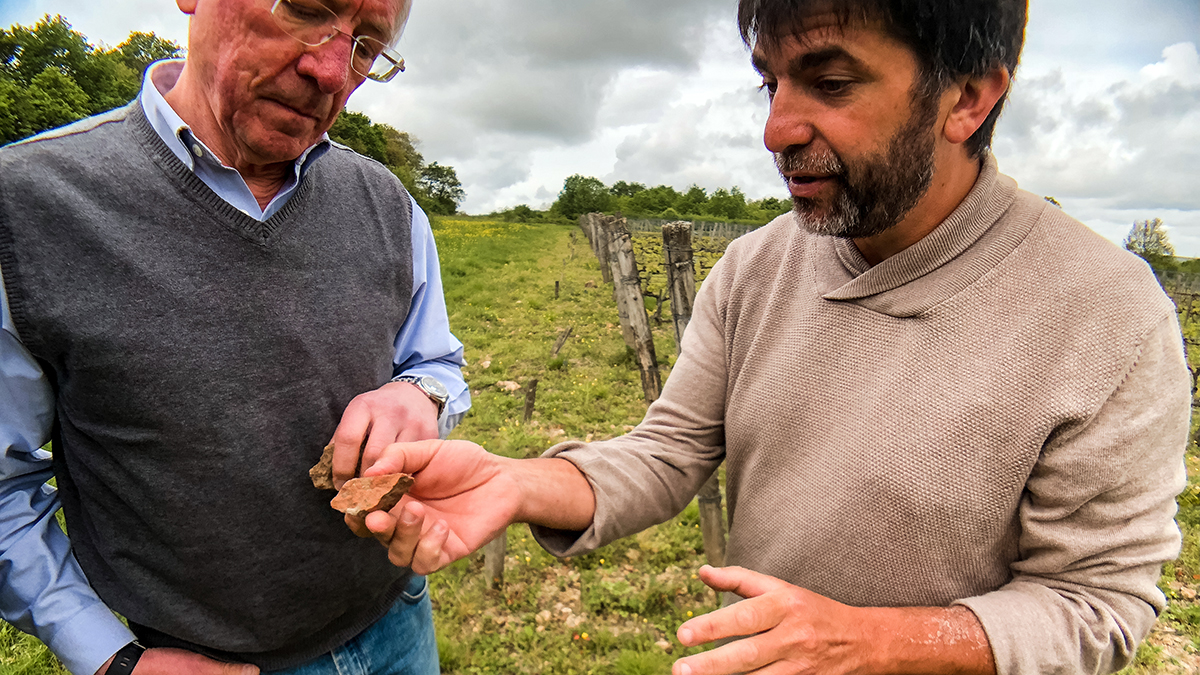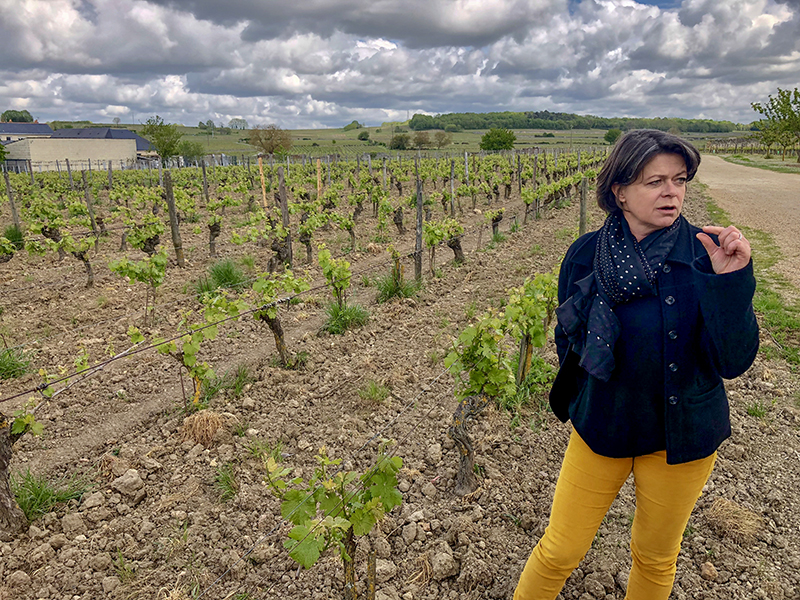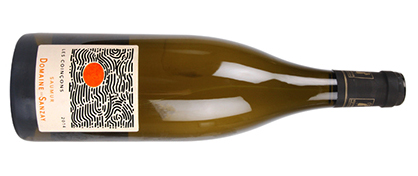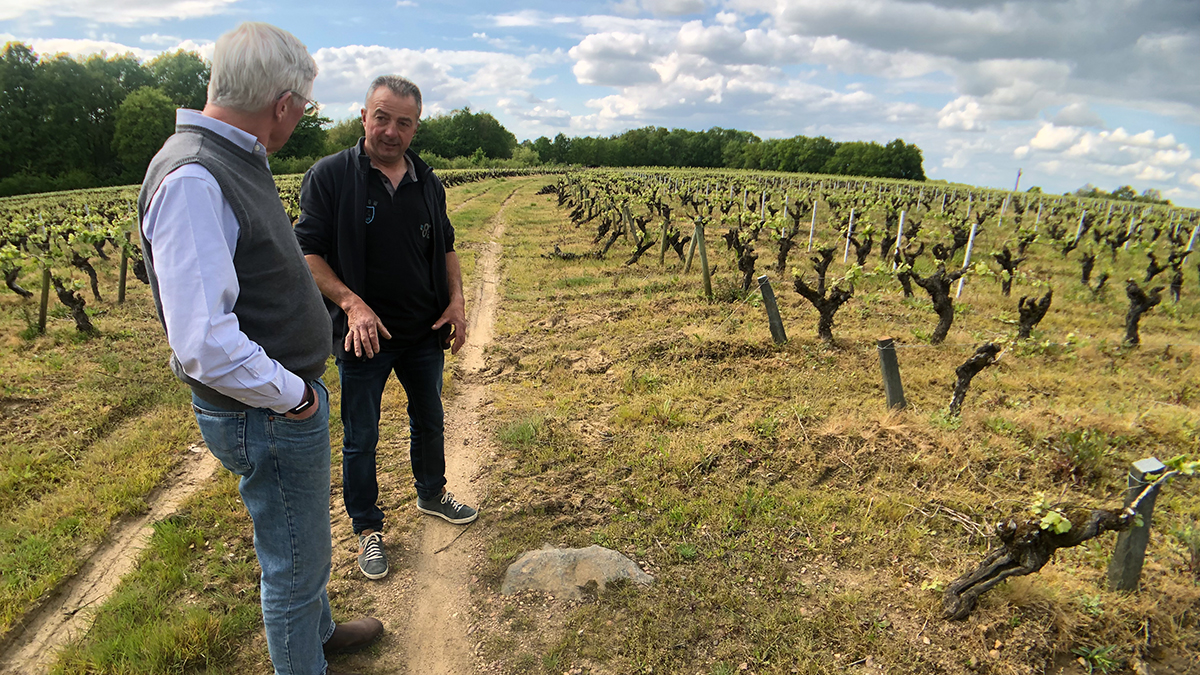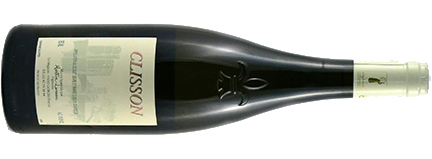There’s an old saw in Burgundy that the best vintages come in years ending with a five or a nine. We first heard this when the 1999s arrived, following the also-excellent 1995s. It seemed an amusing superstition, since nature isn’t exactly organized on a base-10 system. But in 2005 there was a vintage with near-perfect conditions that collectors still hold for great occasions. Then there was 2009, a vintage we still look for in our own cellar for special occasions. Not enough of a string to prove the claim, of course, and we awaited the certain eventual stumble. But then came 2015, another beautiful vintage that eclipsed those after 2009. Now we are back to a nine again, and it appears we will have to wait even longer to scoff. The just released red Burgundies of 2019 are beautiful. The 2019 growing season was just as hot and luminous as 2018, but the flow of the season’s events produced a different result. Yields in 2019 were very low compared to 2018’s bumper crop; and while the sun and heat produced a very ripe vintage, the timing of rain and other weather events made for wines that were also “beautifully fresh and vibrant,” to quote Allen Meadows (“Burghound”); who calls it a “superb vintage” with wines that “belong in any serious collector’s cellar.” William Kelly of the Wine Advocate writes of “a thrilling year for Pinot Noir,” calling the wines “simultaneously serious and immensely charming.” And while ripe vintages generally tend to suppress the impact of terroir, it seems to shine through the ripeness in the 2019s.
Along with this crop of Burgundies, there are other exciting wines in this Futures Offering. From the Rhône, an affordable Châteauneuf-du-Pape and handful of delicious organic reds from the Clos du Joncuas. From the Loire valley there is wine from a trio of producers: Sanzay for its Saumur and Saumur-Champigny, Martin-Luneau for Muscadet cru, and Nicolas Paget for his dry Chenin and other offbeat offerings. Finally, we venture into Normandy in search of cider from apples and pears. We expect these wines to arrive in July — for customers that require shipping, we’ll hold your orders for free until shipping weather in the fall if requested. If you find anything of interest, be sure to get your orders in by the Order Deadline of May 16. We will place orders for the wine immediately thereafter. Wines available the case and half case. JUMP TO SECTION
Amiot
Morey
Collet
Joncuas
Mestre
Paget
Sanzay
Martin-Luneau
Ribaude

